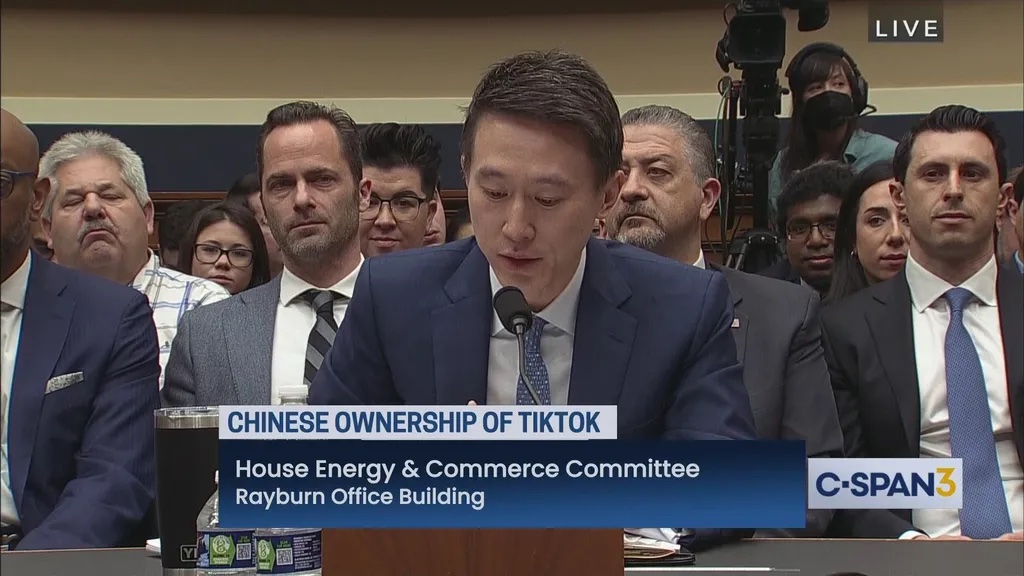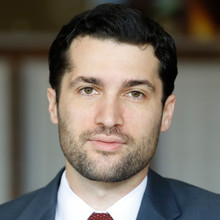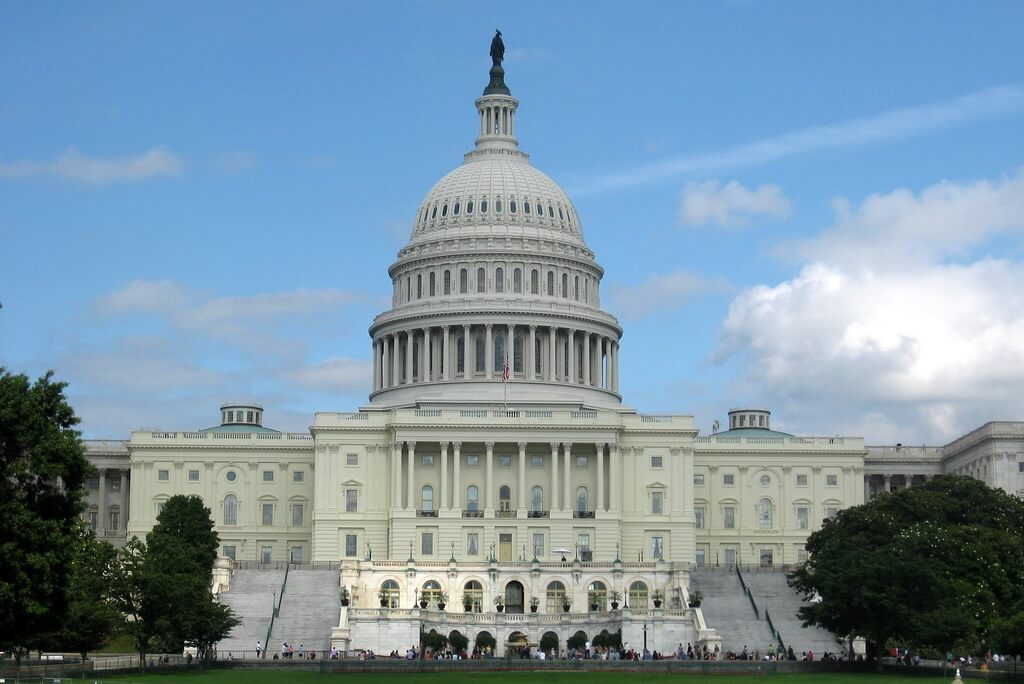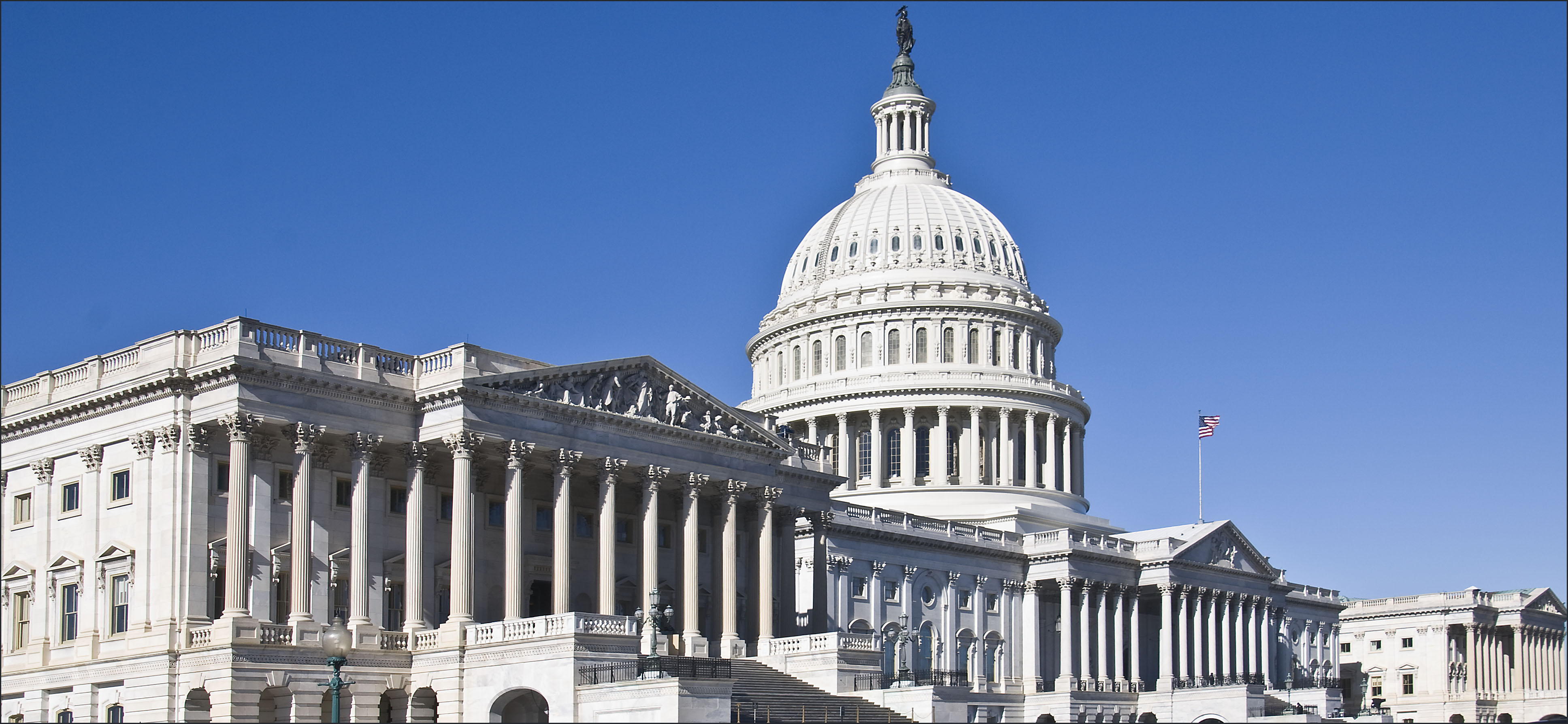Five Observations on the TikTok Bill and the First Amendment

Published by The Lawfare Institute
in Cooperation With

Over the weekend the House passed an updated version of the Protecting Americans from Foreign Adversary Controlled Applications Act. The bill requires the Chinese technology company ByteDance to divest from TikTok, the popular social media platform and, in the absence of a divestment, would ban TikTok in the United States. The Senate is expected to pass the bill this week, and President Biden has indicated that he will sign it.
In podcasts and panel discussions, I’ve made the case for why such a ban could survive First Amendment scrutiny (although it’s certainly not an easy case). I now want to highlight five observations from those conversations that I hope will be helpful, especially given that TikTok will almost certainly challenge the law in court.
1. The law isn’t a straightforward ban of TikTok, but its defenders need to be willing to defend it as one.
Many supporters of the bill have denied that it bans TikTok, pointing to the option for ByteDance to divest. Indeed, Sen. Maria Cantwell (D-Wash.)—whose support, as chair of the Senate Committee on Commerce, Science, and Transportation, is crucial for the law to pass in the Senate—backed the bill after the House agreed to extend the divestment period from six to nine months (extendable to a year by the president). This extension makes it likelier that, if ByteDance chooses to divest, it will be able to do so in time and avoid a TikTok ban in the United States.
At the same time, although the bill isn’t a straightforward ban of TikTok, it’s not not about banning TikTok. Lawmakers and the public understand that there’s a real chance that ByteDance will fail to divest in time, either because of the complexity of selling such a large technology company or because of potential pressure from the Chinese government on ByteDance not to divest. Defenders of the bill should thus be clear eyed that a ban is a real possibility and should therefore be prepared to defend the ban, not just the divestment, on First Amendment grounds.
This is not to say that the divestment option is irrelevant to the First Amendment analysis. Whatever the precise First Amendment standard that applies (see the next point), a relevant factor is whether the law goes beyond what is necessary to further the government’s goals. A law that holds out a realistic possibility of divestment by definition sweeps more narrowly than one that mandates a ban in all circumstances. (Whether it sweeps narrowly enough is a different question.)
The other benefit of the divestment option is that it vividly illustrates precisely the problem the government is trying to solve. If ByteDance fails to divest TikTok in the 12 months the statute allows, it will likely be because the Chinese government prevented ByteDance from doing so. But it is precisely this sort of government interference in TikTok’s operations that is at the core of the justification for the bill. If, by contrast, the Chinese government permits ByteDance to divest, that suggests that the U.S.’s concerns were perhaps overblown; but in that case TikTok has not been banned, and so there’s no First Amendment issue to litigate.
2. It’s unclear what the proper tier of scrutiny is, but it also doesn’t really matter.
The hardest part of the First Amendment analysis is deciding what the right level of scrutiny should be. There are plausible candidates up and down the line. For example, critics of the bill could argue that the law operates as a kind of prior restraint on speech, because it prevents the speech at issue—people communicating on TikTok—from happening outright. And while not all prior restraints are unconstitutional, they are the most disfavored form of government action under First Amendment law.
At the same time, there are reasons to question whether a ban of TikTok would be a prior restraint. First, as the U.S. District Court for the District of Montana held, a ban of TikTok would not eliminate TikTok-like speech, since there are other comparable services, most notably Instagram Reels. In addition, unlike in most of the other cases where the courts have struck down prior restraints, the ban would not set up a permitting regime that would require TikTok to get approval from government officials before operating in the United States and thus would not “delegate overly broad licensing discretion to a government official.”
If the courts do not treat the law as a prior restraint, they may still subject it to strict scrutiny—the most searching form of constitutional review. First, strict scrutiny would kick in if the courts determine that the law is not content neutral—meaning it singles out certain categories of content (for example, Chinese propaganda) for government regulation. Second, they might even characterize the law as viewpoint based if they conclude that what motivated the government was not just concern over Chinese interference but the specific viewpoint—meaning support for whatever the Chinese Communist Party favors—that such interference would presumably attempt to advantage. For example, statements by the bill’s supporters expressing concern over TikTok’s alleged promotion of pro-Palestinian viewpoints could be used as evidence of a viewpoint-based motivation. Viewpoint-based laws are even more difficult to defend under the First Amendment than are content-based laws.
But the law’s supporters have a plausible argument that a ban of TikTok is neither viewpoint nor content based but is, rather, a neutral time, place, and manner restriction on speech—the logic being that no matter the content or viewpoint that appears on the platform, TikTok can’t operate in the United States as long as it is controlled by ByteDance. If that’s the case, then the law would be subject to only intermediate scrutiny (or, alternatively, the functionally equivalent O’Brien test, which applies to regulations of nonspeech conduct—like corporate ownership—that also implicates speech). This is the level of scrutiny that the Montana court thought was most appropriate, although it recognized that, “like the curate’s egg,” none of the existing case law on tiers of scrutiny applied perfectly to the TikTok fact pattern.
Ultimately, though, it may not matter much what specific level of scrutiny applies. All the tiers are formulated in a vague, open-ended way. What, precisely, is the difference between strict scrutiny’s “compelling government interest” and intermediate scrutiny’s “substantial government interest,” or the former’s requirement of least restrictive means versus the latter’s narrow-tailoring rule? Often the most that can be said is that strict scrutiny is in some ill-defined way “stricter” than intermediate scrutiny, but this hardly provides much guidance to lower courts.
And the emphasis here is on lower. Once an issue reaches the Supreme Court, the already-minimal determinacy of the tiers of scrutiny largely goes out the window. The justices are notorious for backing into whatever tier of scrutiny is necessary for them to achieve their desired normative and policy outcomes goals. This is especially true where the issue—as would certainly be the case with respect to this law—is both high profile and largely unprecedented. When—and it’s a matter of when, not if—the law is reviewed by the Supreme Court, what will determine the outcome is not what level of scrutiny the justices pick, but rather their own open-ended balancing of the interests at stake.
3. The better justification for the law is about foreign manipulation, not data privacy.
So what are the relevant values? In particular, what is the most compelling case the government can make for upholding the law? Here it’s important to distinguish between the two justifications that are most commonly raised by the bill’s supporters: that TikTok’s foreign ownership threatens the data privacy of Americans and that it exposes them to manipulation by a foreign adversary. Both of these are true, but only the latter concern is compelling enough to justify a TikTok ban.
Before I became a law professor, I was a national security lawyer in the Department of Justice. It was a great job, and not without its perks. In addition to a subsidized basement gym and a free D.C. Metro pass, I was the lucky recipient of at least two vouchers for lifetime credit and identity monitoring. For the latter, I have the Chinese intelligence community to thank—in particular their theft of personal data, including highly sensitive security-clearance applications, about me and millions of my colleagues.
All this is to say that, if the Chinese government wants data on Americans, they don’t need TikTok to get it. They don’t even need to steal it. The United States is a notorious outlier among developed nations for its lack of a national data-privacy law. This means that the Chinese can just buy from data brokers and other third-party aggregators much of the same information that they would get from having access to TikTok user data. This doesn’t mean that control over TikTok wouldn’t confer a marginal advantage for data privacy, but it would be just that, marginal, and likely insufficient to justify the real First Amendment harms of banning a platform used by tens of millions of Americans.
By contrast, the foreign manipulation concern—that the Chinese government could influence the American information space, especially during a conflict between the United States and China—is specific to Chinese control over TikTok. While it’s true that other major platforms have been vectors for state-sponsored misinformation campaigns, there’s no comparison between the damage that could be done by a covert effort that is actively being fought by Facebook or Google and what the Chinese government could achieve on a platform that they have actual control over.
So, while the government isn’t wrong that the data privacy of Americans is an important national security interest, it’s on much safer ground with respect to the First Amendment if it sticks to the problem that this law is uniquely positioned to address: control by a foreign adversary nation of a large part of the American information space.
4. The manipulation threat is speculative, but not really.
But how real a danger is foreign manipulation? Many critics of the law argue that the concern about Chinese interference is speculative, and they have a point. There isn’t smoking-gun evidence—at least not that the government is willing to disclose—of Chinese meddling in the TikTok algorithm (though there’s certainly justified suspicion). The lack of evidence of significant overt influence operations on the platform isn’t surprising; given how powerful control over TikTok could be in the case of a true crisis in U.S.-Chinese relations (think a war over Taiwan), it would make sense for China to keep its powder dry as long as possible. But this lack of evidence still poses a challenge for defenders of the law, especially given that the First Amendment harms from a TikTok ban—at a minimum disrupting the communication of tens of millions of American users as they migrate to alternative platforms—is anything but speculative.
But the threat of Chinese influence over TikTok is speculative only to a point. China has vividly and on numerous occasions demonstrated that it has the necessary means and motives. The Chinese government is famously prickly about its image and how outsiders view it, especially when it comes to its geopolitical ambitions. For example, when, in 2019, the general manager of the Houston Rockets basketball team tweeted in support of pro-democracy protesters in Hong Kong, the government canceled TV broadcasts of NBA preseason games in China, an increasingly lucrative and important market for the NBA (and there are many other examples of similar incidents). More broadly, as the State Department noted in a report released last year, China “employs a variety of deceptive and coercive methods,” including “propaganda, disinformation, and censorship,” to “influence the international information environment.”
The Chinese government’s willingness to boss around nominally private Chinese companies is also well established. The line between private companies and the Chinese state is notoriously blurry and, if business executives step out of line, the Chinese government is more than willing to punish them harshly and publicly. When Jack Ma, founder of Chinese e-commerce giant Alibaba, criticized Chinese financial regulations in 2020, he disappeared from public view for years and was forced to dramatically restructure his company. Ma is only one of many executives to have discovered the limits of personal wealth and business independence.
When push comes to shove, there’s no reason to think that the Chinese would not pull every lever they have to gain a strategic advantage over the United States, and this includes manipulating how millions of Americans get their information.
5. The alternatives all have serious downsides, including Project Texas.
As Matt Perault has written on Lawfare, a curious feature of the debate over the TikTok bill is the absence of discussion over Project Texas, TikTok’s plan to address national security concerns by transferring much of its U.S. infrastructure to Oracle, a U.S. technology company, and permit more government oversight of its operations. As Perault notes, lawmakers have largely dismissed Project Texas as a “marketing scheme” but without specifying exactly why they view it to be insufficient.
I’m not in a position to evaluate the details of Project Texas, but I do want to flag two concerns that will attach to any mitigation plan that’s short of full independence from the Chinese government. The first is that no amount of process and oversight will guarantee compliance if ByteDance (and thus the Chinese government) is ultimately in control of TikTok—and anything that could would likely be the functional equivalent of divestment and thus unacceptable to ByteDance and the Chinese government. In a case of particularly bad timing for TikTok, a recent investigation by Fortune shows how, even as TikTok publicly touted its independence from ByteDance, the two companies’ operations were heavily intertwined, with a substantial amount of U.S. data being transferred to China.
The second problem with a Project Texas-like plan is that it raises its own First Amendment concerns. For Project Texas to work, the government would have to be able to audit TikTok’s content moderation practices. But that would create ongoing government oversight of content moderation, which, as the ongoing NetChoice litigation demonstrates, is itself legally dicey because of the platforms’ own First Amendment rights. A divestment or ban, by contrast, is a one-time event and would leave any platform operating in the United States to make whatever content moderation decisions it wanted.
***
As I said above, I think the law has a strong chance of surviving First Amendment review. But I also don’t think it’s a foregone conclusion. When the law inevitably arrives at the Supreme Court, the justices will be tasked with weighing for the rest of the country the salience of the speech interests tied up in the platform against the national security interests of excluding one form of Chinese influence from nearly half of the American population.





